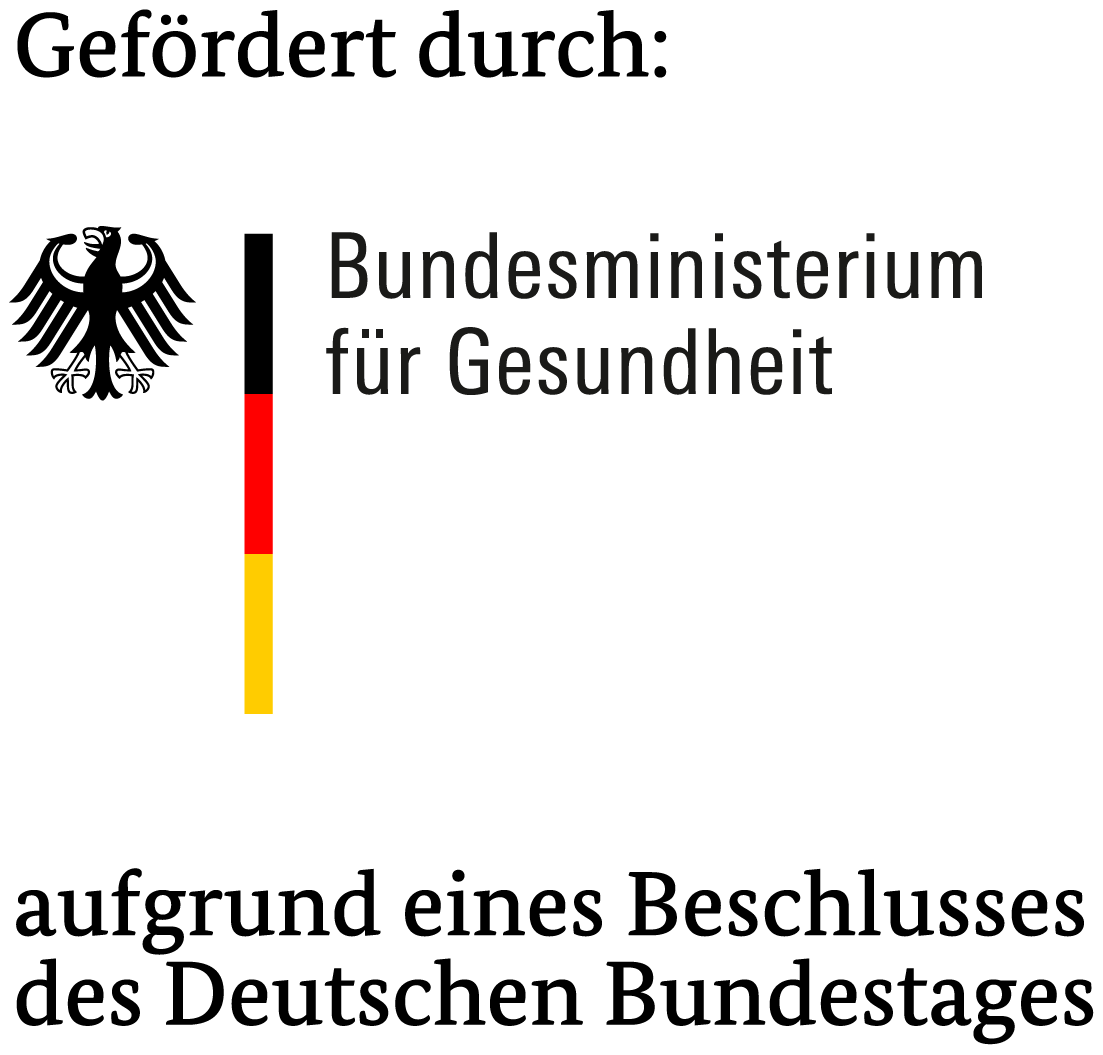Pabst, A., van der Auwera, S., Piontek, D., Baumeister, S.E., Kraus, L.
Decomposing social inequalities in alcohol consumption in Germany 1995–2015: an age–period–cohort analysis2019
Addiction, 114, 1359-1368. doi: 10.1111/add.14616
Background and aims. Previous research indicates that compared with individuals with lower socioeconomic status (SES), individuals in higher SES groups are more often drinkers but those who drink report drinking smaller amounts more frequently. We aimed to decompose trends in self-reported alcohol consumption in Germany into age, period, and birth cohort effects and examine whether these effects varied by SES.
Design. Age-period-cohort (APC) analysis using data from eight waves of the cross-sectional German Epidemiological Survey of Substance Abuse (ESA) collected between 1995 and 2015.
Setting. Germany.
Participants. The analytical sample included n = 65,821 individuals aged 18 to 64 years reporting alcohol use within the last 30 days.
Measurements. Alcohol measures included drinking prevalence, alcohol volume, and prevalence of episodic heavy drinking (EHD). Educational attainment was used as an indicator of SES. A series of generalized linear and logistic regression models, including both main and interaction effects of age, period and cohort with SES, were estimated.
Findings. Regression models revealed significant interactions between APC effects and SES on two alcohol consumption measures. Higher SES was consistently associated with drinking prevalence across age (P < 0.001), period (P = 0.016) and cohort (P = 0.016), and with volume of drinking in younger cohorts (P = 0.002) and over 50-year-olds (P = 0.001). Model results were inconclusive as to whether or not APC effects on EHD prevalence differed by SES.
Conclusions. In Germany, there are positive associations between socioeconomic status and alcohol consumption over the life course, over time, and across birth cohorts. Three groups appear vulnerable to risky drinking: high-SES young birth cohorts who drink high average quantities, low-SES young birth cohorts who show a risky drinking pattern, and high-SES adults in their 50s and older who increase their drinking volume beyond that age.

IFT Institut für Therapieforschung
Leopoldstraße 175
80804 München
Tel. +49 89 360804-0
Fax +49 89 360804-19
Email: ift@ift.de